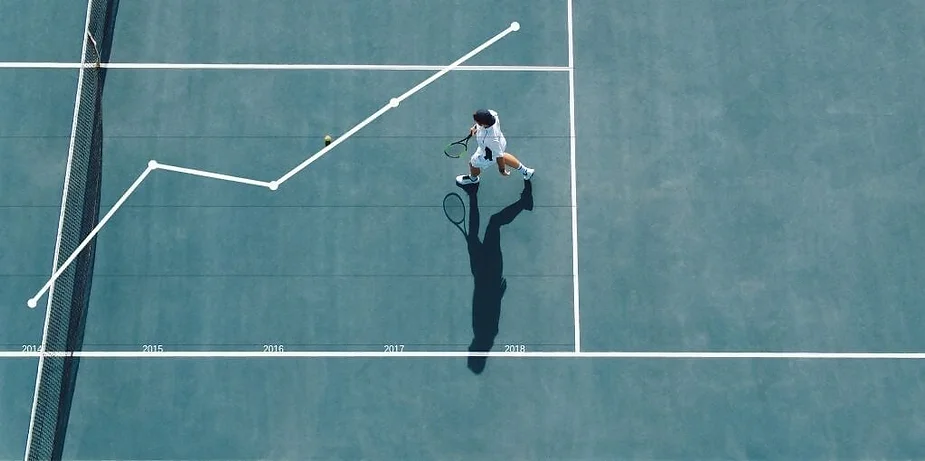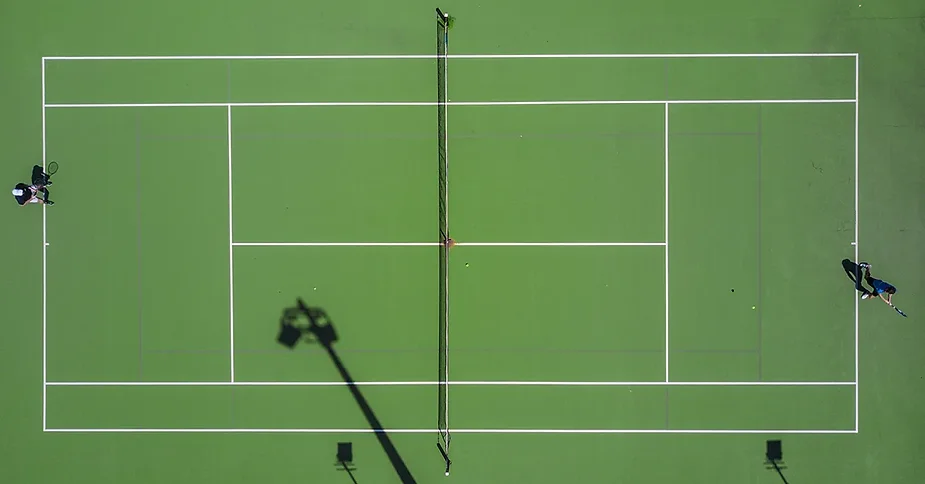Introduction
In this era of digitalization and constant growth, the importance of data analysis and technology cannot be stated enough. Artificial intelligence is now spreading its tentacles in almost all fields and sports is definitely not an exception. However, data analysis and technology have only started to accelerate tennis in the past few years.
Due to this, individual strategy consultants, tech companies, and boutique firms are now gaining access and entry into sports to help collect data and analytics. One such famous individual strategy consultant is O’Shannessy.
In this article, we will learn everything about tennis data analysis and how it can affect your game positively.
So let’s get started!
Tennis and Technology: Tennis Data Analysis
Advanced Data Analytics helps tennis associations to organize tennis tournaments. The Women’s Tennis Association or WTA gets support from an analytics platform by SAP. Similarly, ATP gets support from another analytics program from Infosys and it is also a technology partner for French Open Australian Open and two grand slams.
Now coming on to the important part. After gathering the data, how it is assessed and incorporated is still discrete. According to O’Shannessy, “It’s more of a secret-agent kind of role. You don’t really want other teams knowing what you’re doing and how much you’re doing.”

On the other hand, players even say that data analytics helps prepare them for every tournament compared to other players. They say that these analytics are very interesting and are like their homework which they have to do before their tournaments using logic.
Another second rank female player of tennis named Karolína Plíšková said, “I do use statistics, not only about opponents, but also about myself. It’s numbers and they never lie. So I think that you can for sure find something good in that, but of course in the end, you can still win without having good numbers.”
The founder of tennis analytics, Warren Pretorius, connected tennis with the Dartfish video analysis system. He says, “If you’d asked me this five or six years ago, I would have said most of the top pros are not using it. Now, I’d be shocked if, in the top 50, there are pros that are not using some form of analytics.”
These statements clearly show how data analytics in tennis is becoming crucial to enhance the game by identifying areas of improvement. Now let’s know how this data was originally captured.
Role of Analytics in Tennis
Going back in time, IBM was the one that supplied IT services to different tennis championships like Wimbledon and the US Open. This is how they gathered analytic data of players from these matches. Initially, analytic visualization like SlamTracker was provided to the audience with this data.
With time, the company gathered around 63 million data points. This data has come from high-level players participating in championships along with court-side data and more. This rich data was available to players and coaches. However, importance was actually given to this data after the dramatic comeback of Roger Federer in the Australian Open in 2017.
The reason behind this is that there were rumors that this pro player was paying a hefty amount of fee to Golden Set analytics for their exclusive services. Now this company employs a number of top-notch mathematicians, economists, and statisticians. All of these experts work together to create models and algorithms that may help players improve the tennis game.
One such example is “stat tree” analysis. This analysis shows the most likely positions from where the players may hit the ball on the court. This data can be helpful for coaches who can create two short patterns according to the opponent’s strengths and weaknesses.
No doubt that this data is quite beneficial for all the players who are participating in tennis tournaments. However, it is quite expensive and can only be used by players who can afford it.
Besides being a luxury financially, it is also a luxury logically. This means the skill levels required here to use these data insights most effectively in actual game planning are also difficult.
Some of the top players in the field are still using high-level analysis. In the end, this sport is still owned by the elite players in the field. But at the same time, millions of data points can help the players gain insight into the opponent’s game so that they can adjust their game plans accordingly.
With the development in technology, data analysis may even be used in real-time while the matches are going on to provide ongoing advice to the players.

Conclusion
Thus, there are tangible benefits of the integration of technology with tennis. With the help of technology and data analysis, players can fine-tune their skills and receive better feedback. It helps the coaches to get a better understanding of areas of improvement and the creation of strategies.
In simple words, we can say that this transition to the technology of tennis is not just required for competitive advantage. But with time, it will become a necessity to stay relevant and up to date in the modern tennis landscape.





